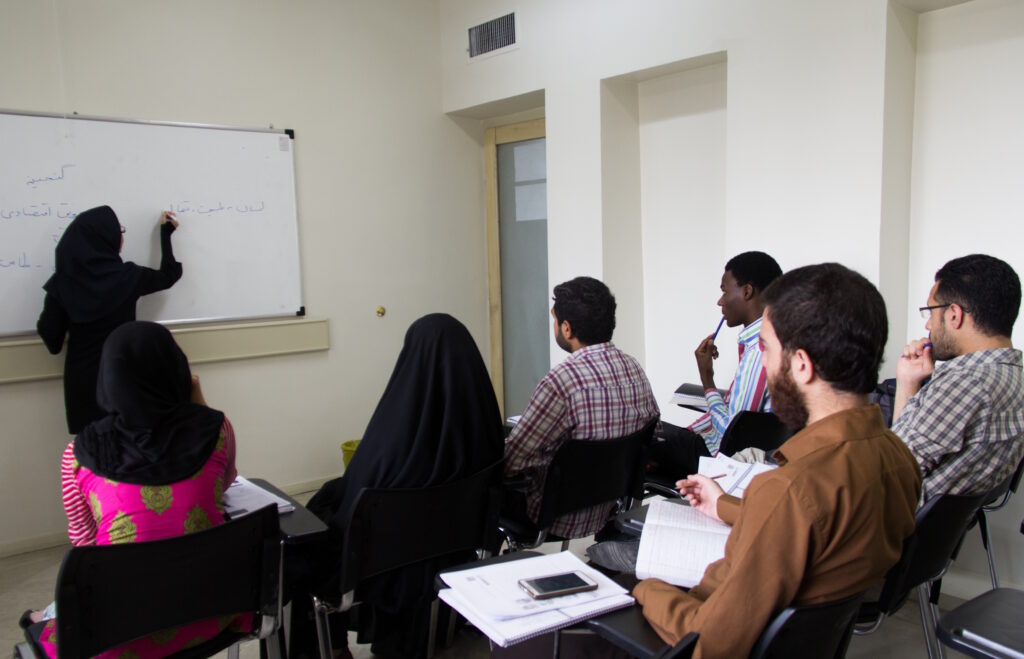
Understanding Darsi and Farsi: A Translator’s Guide
In the world of translation, the nuances of different languages and dialects can significantly impact the accuracy and quality of the work. One such area of complexity is the differentiation between Darsi and Farsi. Understanding these distinctions is crucial for translators working with Persian languages to deliver precise and culturally appropriate translations. This newsletter aims to shed light on the differences between Darsi and Farsi, helping translation professionals confidently navigate this linguistic terrain.
The Distinction Between Darsi and Farsi
What is Farsi?
Farsi is the term commonly used to refer to the Persian language spoken in Iran. It is the country’s official language and is used in all formal and official communications. Farsi has a rich literary tradition and is written in the Persian script, which is derived from the Arabic script with a few additional letters.
What is Darsi?
Darsi, on the other hand, is a term often used to refer to the Persian language as spoken in Afghanistan, where it is officially known as Dari. Dari is one of the two official languages of Afghanistan, alongside Pashto. While Dari and Farsi share many similarities, including the script and much of the vocabulary, there are distinct differences in pronunciation, some aspects of grammar, and certain idiomatic expressions.
Key Differences and Translation Considerations
Pronunciation and Phonetics
One of the most noticeable differences between Darsi and Farsi is in their pronunciation. For example, the pronunciation of certain vowels and consonants can vary, which can affect the meaning and reception of the translated text if not handled correctly.
Vocabulary and Idioms
While Farsi and Darsi share a substantial amount of vocabulary, there are notable differences in idiomatic expressions and certain terms. A word commonly used in Iran might have a different equivalent or even a different meaning in Afghanistan. Translators need to be aware of these differences to avoid miscommunication.
Cultural Context
Understanding the cultural context is vital in translation. The cultural nuances between Iranian and Afghan societies can influence language use, tone, and formality. A culturally aware translation respects these differences, ensuring that the translated text resonates appropriately with its intended audience.
Tips for Translators
1. Stay Informed and Updated
Language is constantly evolving, and regional variations can develop over time. Staying informed about the latest linguistic trends in both Iran and Afghanistan will enhance the accuracy of your translations.
2. Use Localized Resources
Utilize dictionaries, thesauri, and other linguistic resources specific to Farsi and Darsi. These tools can provide insights into the regional variations and help in selecting the most appropriate terms and expressions.
3. Collaborate with Native Speakers
Whenever possible, collaborate with native speakers from both regions. Their firsthand knowledge and experience can provide invaluable insights and help ensure that translations are both accurate and culturally appropriate.
4. Pay Attention to Feedback
Feedback from clients and end-users can highlight areas for improvement and provide a deeper understanding of the nuances between Darsi and Farsi. Use this feedback to refine your translation skills and deliver even better results.
Conclusion
The differences between Darsi and Farsi, though subtle, are significant enough to impact translation quality. By understanding these nuances and implementing best practices, translators can ensure that their work is accurate, culturally sensitive, and well-received by both Iranian and Afghan audiences. Embracing these differences not only improves translation quality but also enhances the richness and authenticity of the translated content.
Stay tuned for more insights and tips in our upcoming newsletters as we continue to explore the fascinating world of language translation.
Darsi vs Farsi – Navigating the Translation Nuances: Language Solutions Team is here to help with your project 🌍. Feel free to contact us at any time, We are glad to assist you 🤓



